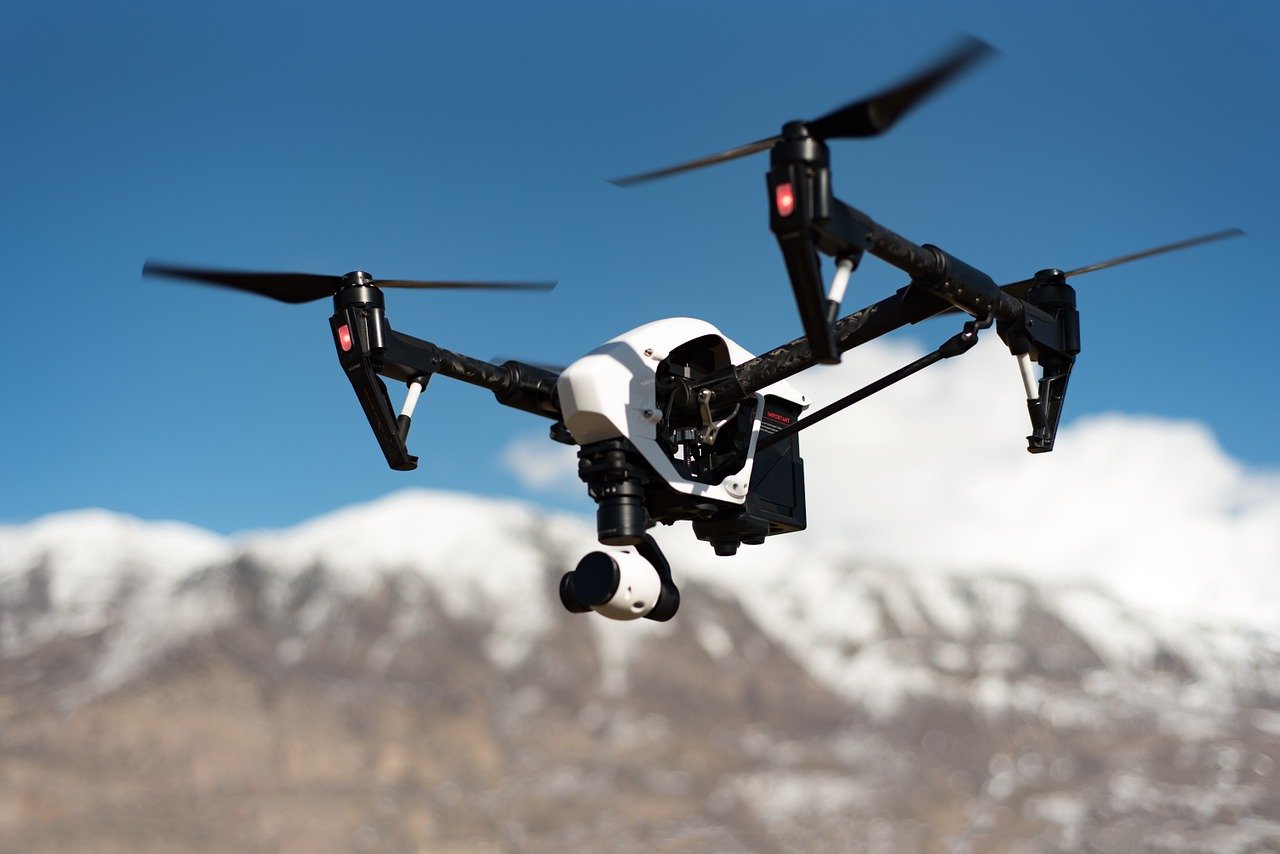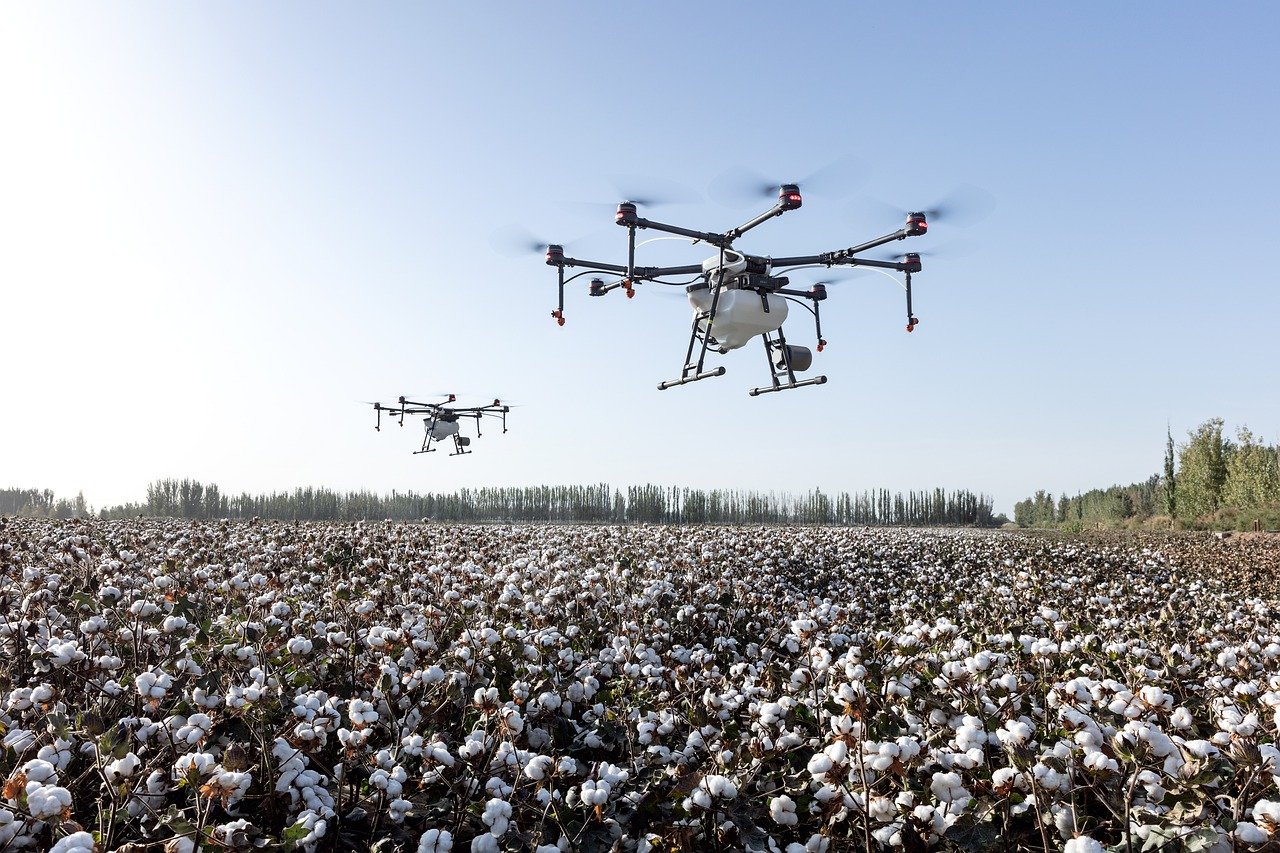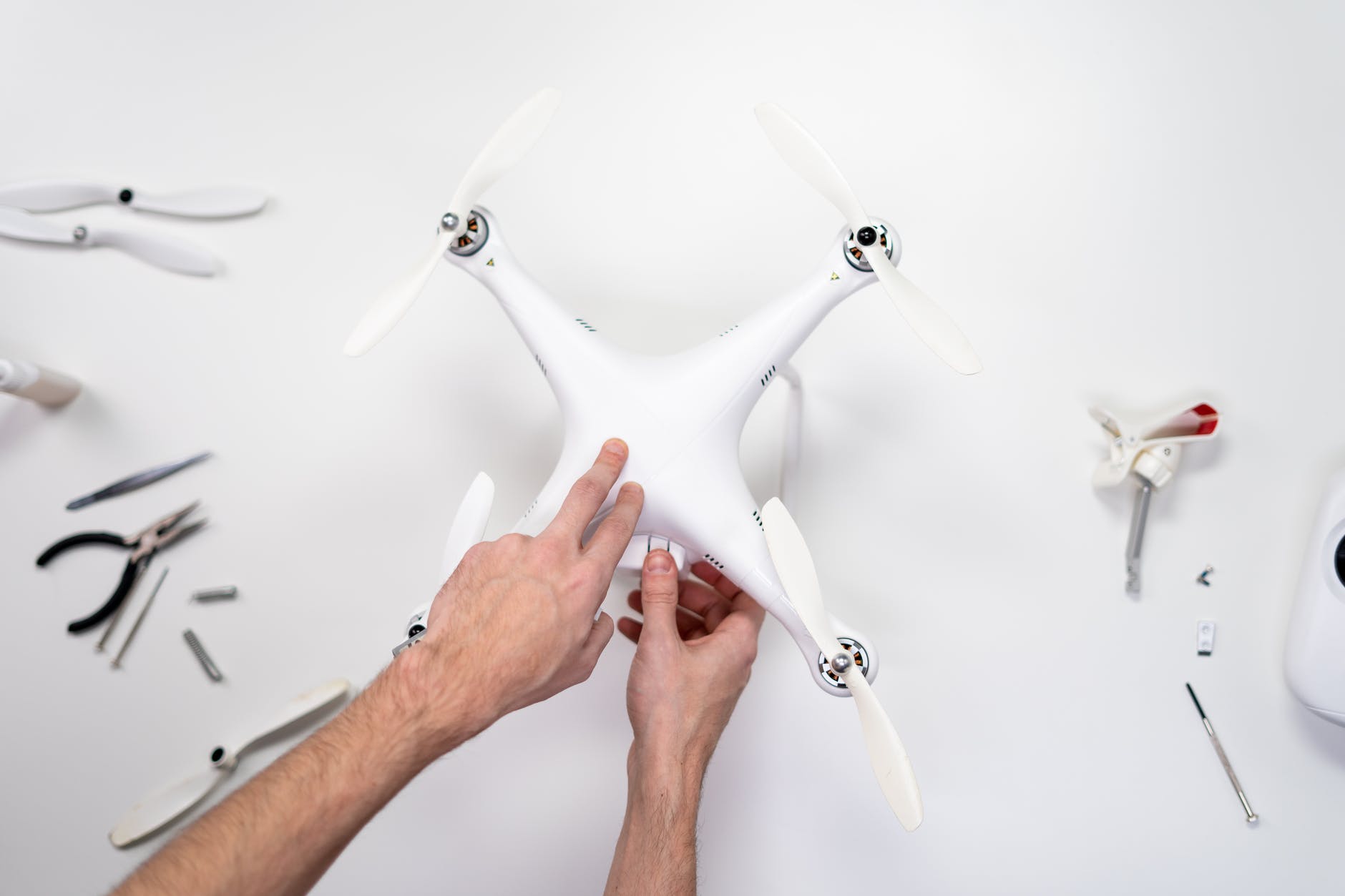Owning a drone today comes with many benefits because they have numerous applications. Among their many purposes are photography, videography, and spraying. Although modern drones utilize advanced technologies to minimize accidents, you must always adhere to safety precautions when flying. This article discusses different safety tips that you could adopt to ensure that your drone is always safe, you do not endanger your life, and you do not put other people or their properties in danger.
What are the 10 Drone Safety Tips you should adopt?
Here are the top 10 safety tips that will ensure you fly your drone safely without endangering life or crashing. They include:
1. Check Regulations
As you prepare to fly your drone, the first drone safety precaution is ensuring you adhere to the local regulations governing the use of drones in your area. Many states and municipalities have enacted rules and policies that govern the use of drones. Some of the standard regulations include:
- There is a requirement that drones should fly at 400 feet or below.
- Adherence to airspace requirements and restrictions that govern the use of drones in airspaces used by aircraft
- Drones are restricted to flying over national parks, stadiums, emergence response efforts, sporting events, military barracks, and other restricted areas.
- Adherence to other regulations as outlined by the FAA
2. Determine the right environment

Another safety tip that drone owners should take into account is choosing the right environment to fly. Areas that have few or no obstacles are best because they minimize signal interference and reduce the chances of your drone crashing. To avoid collisions with objects like buildings and vegetation, fly your drone in an environment that is free of objects. The situation where you fly your drone will determine the possibility of your drone crashing.
3. Take an insurance cover your drone
Even when you are extra careful with your drone, an accident could occur, resulting in a crash that leads to losses. To ensure that you are safe from potential damages, insure your drone as a safety precaution. Some comprehensive homeowners’ insurance policies can offer cover for drones that do not carry people or cargo. However, such a cover does not cover liability for damages caused by a drone crash, hence the need to consider becoming a member of the Academy of Model Aeronautics. To join, you will be required to pay an annual membership fee of $58. This membership offers you liability protection for up to $2.5 million in case the UAS injures someone or destroys property.
4. Practice, practice, and practice
Just like in any new hobby or activity, you will need to take time to learn how to fly the drone to ensure that you can do it safely without the risk of a crash that might endanger lives. You should dedicate a significant amount of your time navigating through the drone’s controls to ensure that you are more conversant with its use to enhance drone safety. When practicing, go to an open space where there are no obstacles, such as buildings, trees, power lines, and other things that could obstruct your drone. Practicing is the key to ensuring that you can fly, hover, track, and control your drone. It will also ensure you get the experience you need to fly it safely, which makes it a major safety tip.
5. Ensure your battery is fully charged before flying it

When using a drone, its battery needs to be fully charged to minimize the possibility of crashing. If the drone drains the battery when airborne, it will crash hence the need to charge it fully. If you have not used your drone for a long time, there is a possibility that its battery will degrade. If this is the case, consider replacing the battery to avoid crashing.
6. Inspect your drone before flying
Another safety measure that drone owners should be aware of is inspecting their devices before flying them. The inspection is intended to ensure that your drone is mechanically fit to operate and unlikely to cause avoidable accidents. During the examination, you should check whether the propellers are in good condition and confirm that the battery has a full charge. Propellers are vital because they help create the thrust necessary for your drone to fly. When your drone’s propellers have cracks, dints, and dirt, you should fix them before you fly it.
7. Calibrate the compass
When it comes to your drone, its compass dictates the flight orientation hence a drone safety consideration. Drones do not use compasses with a magnetized needle or those used in aircraft that detect fluctuations automatically. They have crystalline structures that can only detect minor variations hence the need to calibrate the compass manually. Before any flight, you must calibrate your compass to avoid issues such as ‘toilet bowling,’ which makes your drone swirl in circles when you try to hover or ‘dog-running,’ which is flying sideways.
8. Ensure your drone achieves a GPS lock before flying

A significant cause of drone crashes is flying it before it achieves a GPS lock. After you have your battery in place and you have turned the drone on, give it a few minutes so that it can pick and lock the GPS signals. If you switch the drone on and start flying it immediately, you risk crashing it once it achieves a GPS lock. If you choose to fly under the ATT mode, however, you do not need to allow your drone to obtain a GPS lock.
Conclusion
Are you a drone enthusiast? If yes, I hope that you enjoyed reading this article because it highlights the simple safety tips that you could be overlooking. The above-highlighted tips help you enjoy your flight while ensuring that your drone does not crash or pose a danger to other people or their property. Put them into practice, and you will enjoy the outcome of your flights. Do you have any tips that you want other readers to adopt? If yes, feel free to point them out in our comment section. If you enjoyed reading this article, comment, like, and share with friends and family. Thank you.

